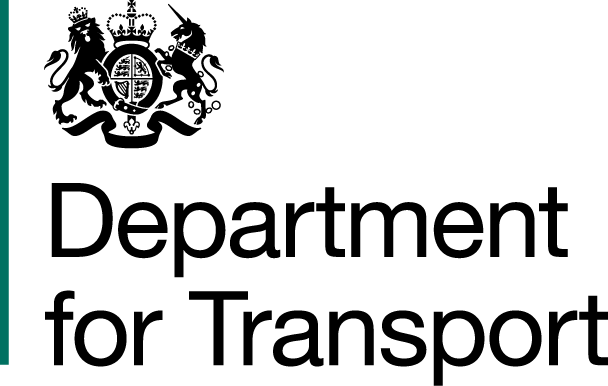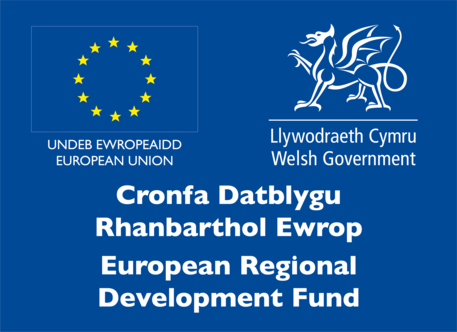Green Dragon
Introduction
We’re committed to doing all we can to reduce and minimise both the local and global environmental impactsfromouroperations.
Well-being goals



It's important that we all play our part in protecting our environment from any damage and degradation and so we've designed our Environmental Management System (EMS) in line with the Green Dragon Environmental Standard. This provides us with the necessary framework to prevent adverse environmental impacts and promote continual environmental improvement within ourbusiness.
For example, whilst all of our electricity is from zero carbon sources at present, since the 1st April 2020, 50% of this energy has been generated in Wales. We’ve also used our EMS to help define our people’s environmental responsibilities which in turn helps them to understand the environmental impact of their day-to-day activities and ensure that longterm thinking is embedded in all of our decisionmaking processes.
The Green Dragon Environmental Standard is structured into five ‘Levels’ and recognises an organisation’s demonstrated commitment to sustainability, consideration of their environmental impacts, compliance with legislation and environmental protection.
Ways of working


We’re playing our part in tackling the climate emergency and are committed to the efficient use of natural resources whilst working to continuously reduce our environmental impact. To do this, we have adopted many sustainablepractices, including:
- Electrifying the Core Valleys Lines. Providing more frequent services, will help to improve the air quality of the surrounding communities by reducing traffic.
- Aligning our principles and goals to the Wellbeingof Future GenerationsAct(2015).
In 2022, we brought our office at Llys Cadwyn and our catering centres up to Level 5 from Level 3 and our stations up to Level 3 from Level 2. This means that Llys Cadwyn, our three train maintenance depots and four catering centres are now at the highestlevel.
Our EMS has been designed to meet the requirements ofthe Green Dragon Environmental Standard whilst also ensuring that we’reable to meet the needs of the present without compromising the ability of future generations to meet their own needs.
Sophie Duggan
Environmental Compliance Lead, Transport for Wales



